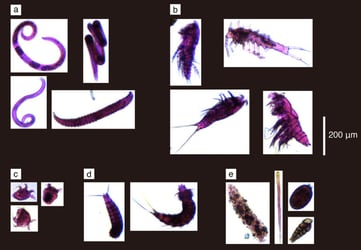
Researchers from the Japan Agency for Marine-Earth Science and Technology, and Am-Lab Inc. developed a methodology to use the FlowCam for analysis of …
Read Post
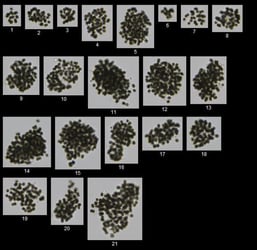
October 2018 — Environmental Engineering Research published a paper presenting a new method for cell counting Microcystis colonies using the FlowCam. …
Read Post
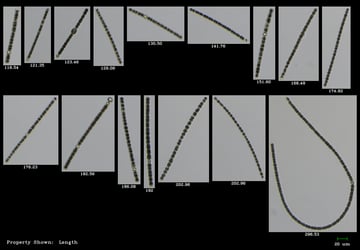
Scientists at the University of Alberta, Alberta Health, and University of Calgary compared the efficacy of using the FlowCam to traditional light …
Read Post
In a recent study by Kiyoshi et al., a Japanese consortium conducted a collaborative study to assess the standardization of flow imaging microscopy …
Read Post

The FlowCam's "trigger-mode" enables the user to capture individual images of excited, fluorescing particles every time one passes the camera. …
Read Post
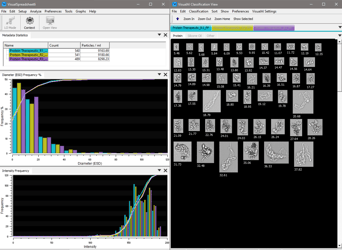
Your current particle analyzer counts the subvisible particles in your protein therapeutic. A particle size distribution curve is generated and …
Read Post
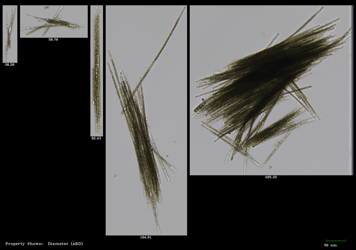
The FlowCam has shown itself to be a complementary monitoring tool to aid in harmful algal bloom (HAB) mitigation and prevention.
Read Post
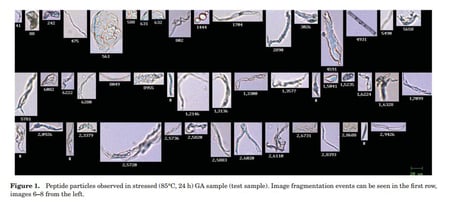
The most common method for characterizing subvisible particles (SVP) ranging in size from 10µm to 100µm is light obscuration (LO). "LO, however, has …
Read Post
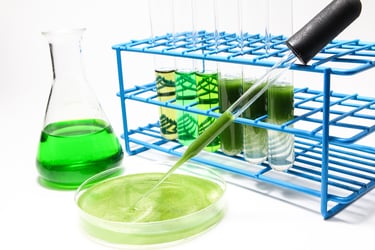
High production rates of traicylglycerol (TAG), a lipid produced in microalgae, is a desirable trait in microalgae selection and cultivation. TAG is …
Read Post
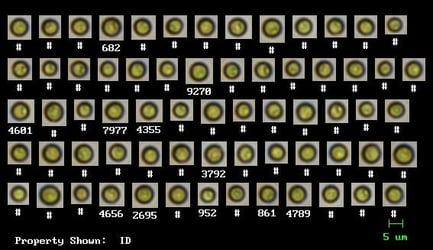
Coral Jane Fung Shek, a graduate student at Johns Hopkins University, explored the efficacy and accurary of using dynamic imaging particle analysis, …
Read Post
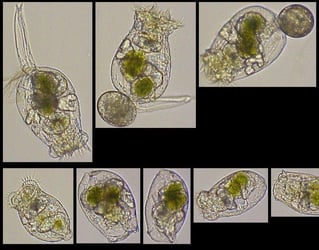
Research suggests that microalgal-based biofuels offer a promising alternative to fossil fuels, providing environmental benefits and rapid production …
Read Post






